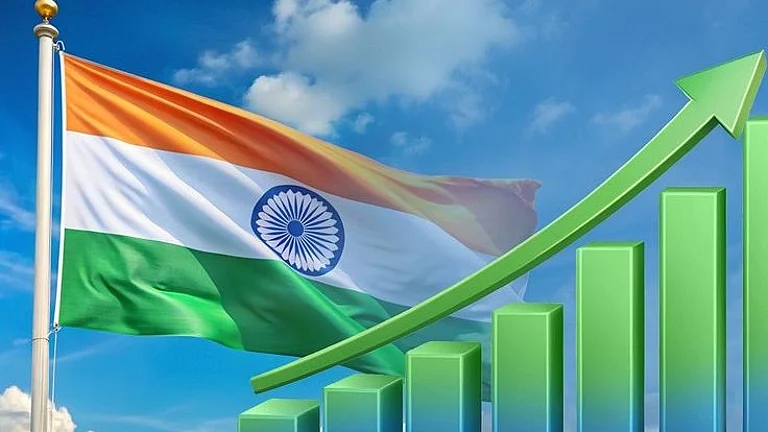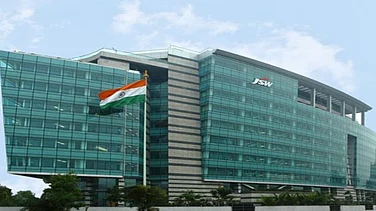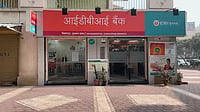Mukesh Ambani-led Reliance Industries wants to raise $3 billion through a dual-currency loan, and global banks seem to be in a race to be part of it.
The oil-to-telecom conglomerate’s plans were first reported in January, and at the time, it was reportedly in talks with about a dozen overseas banks for a syndicated loan facility. Now, at least 10 more lenders want to join the list, reported The Economic Times.
Among those reportedly interested are Wall Street powerhouse JP Morgan, Australia’s ANZ, Barclays, Deutsche Bank, Italy’s Intesa Sanpaolo, Germany’s KFW Ipex Bank, Korea Development Bank, Bank of Taiwan, Mega Bank, and CTBC Bank.
These lenders will function as secondary debt providers and take over part of the loan committed by lead banks that took part in the first round of the syndicated loan facility.
In loan syndication, where multiple banks are involved in the agreement, the lead lenders may earn some small fees and might negotiate better pricing between themselves and secondary lenders, but the company borrowing the money doesn’t see a change in the overall loan cost or interest rate.
Reliance’s Creditors
According to the ET report, which cites loan documents, the $3 billion loan facility has been divided among 11 lenders, with State Bank of India as the sole domestic bank ($275 million).
Among others, Bank of America holds the largest share of the loan at $343 million, followed by DBS Bank and HSBC ($300 million each), Japan’s MUFG ($280 million), and Japanese lenders Standard Chartered, Mizuho Bank, and SMBC ($250 million exposure each). First Abu Dhabi Bank, Citibank, and Credit Agricole CIB have also contributed $241 million each.
The loan is in dual-currency denominations—US dollars and Japanese yen. It was reportedly priced at 120 basis points over the three-month Secured Overnight Financing Rate (SOFR) in December, and the $450 million yen-denominated loan was priced at 75 basis points above the three-month Tokyo Interbank Offer Rate (TIBOR).
Loan to Refinance Upcoming Debt Repayment
According to an earlier Bloomberg report, Reliance Industries has approximately $2.9 billion worth of debt due in 2025, including interest payments.
In October, CRISIL Ratings reaffirmed its 'CRISIL AAA/Stable/CRISIL A1+' ratings on the existing debt instruments and bank loan facilities of Reliance Industries.
The ratings agency said it factored in RIL’s strong competitiveness in the O2C business, its leadership position in telecom through Reliance Jio Infocomm Limited, and its dominance in the retail industry through Reliance Retail Ventures.
As of December 2024, Reliance Industries had a gross debt of Rs 3,50,453 crore, excluding spectrum payments to the government. However, its net debt stands at just Rs 1.15 lakh crore, as the conglomerate maintains high cash reserves worth Rs 2,34,988 crore in cash and cash equivalents.
Fortune India reported last month that the conglomerate may be free of all its financial obligations once its solar energy project is completed by the end of the next financial year, 2025-26 (FY26).































